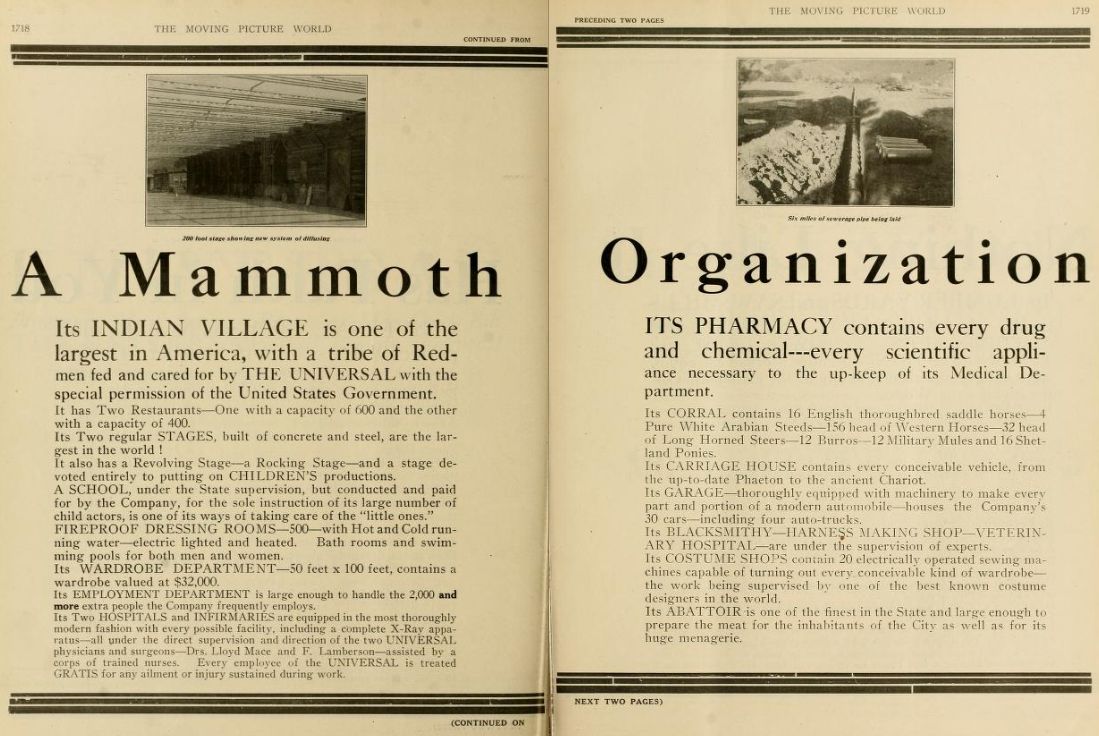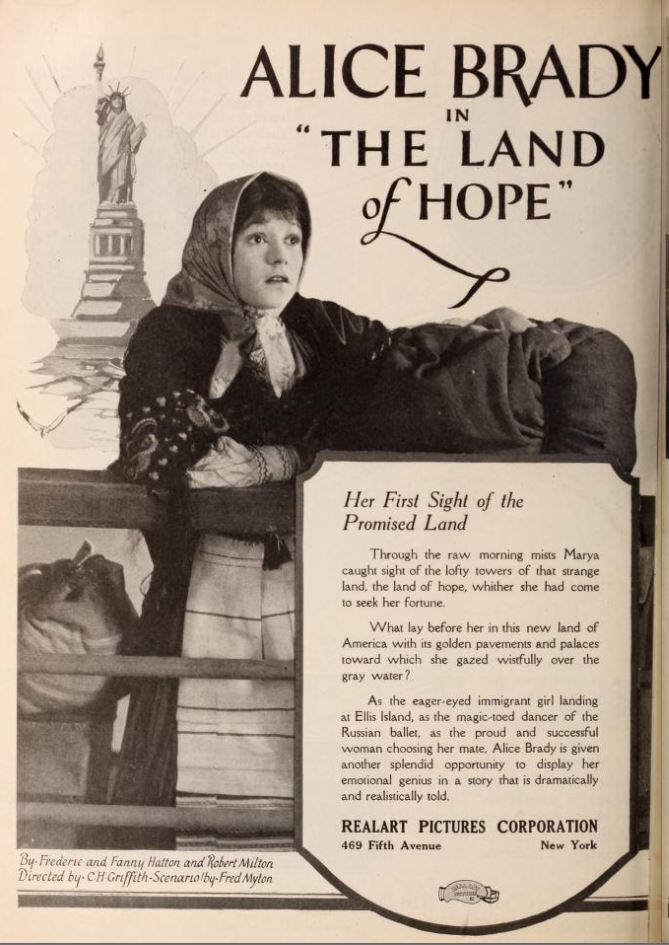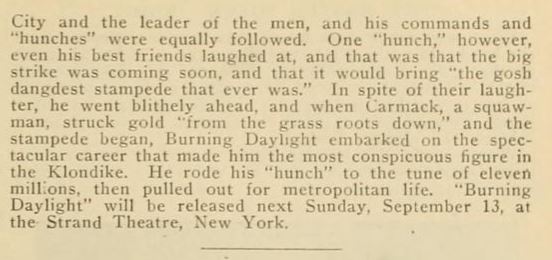An excerpt from "Chronophotography" from Magic: Stage Illusions and Scientific Diversions, Including Trick Photography, edited by Albert Allis Hopkins. We will learn more about Étienne-Jules Marey in Part Two.
Instantaneous photography has been of the greatest possible use to science, especially that branch of it which has been termed "chronophotography." It is to the investigations of Mr. Muybridge and M. Marey that we are indebted for the most valuable researches on the subject. Chronophotography consists in taking a number of photographs of any object at short and regular intervals of time. This is accomplished in many ways, and results obtained are useful for many purposes. The graphic method has been of great service in almost every branch of science, and laborious statistics obtained by computation have been replaced by diagrams in which the variation of a curve expresses in the most striking manner the various phases of some patiently observed phenomena. Furthermore, by the methods of modern science, a recording apparatus has been devised which, working automatically, traces the curves of such physical or physiological events which, by reason of their slowness, feebleness, or their speed, would otherwise be inaccessible to observation. The development of these methods of analyzing movement by photography have enabled the researches of physiological laboratories to become of the greatest possible value. The matter in this chapter is very largely an abstract of M. Marey's researches, which were originally published in "La Nature" and their publication in the "Scientific American Supplement" extended over a period of several years. Subsequent to this publication M. Marey wrote a book called "Le Mouvement,""which has been translated by Mr. Eric Pritchard under the title of "Movement." It is published in the International Scientific Series; and for a more extensive and scientific treatment of the subject than we are able to give here, we refer our readers to this excellent work. M. Marey describes the rudiments of chronography by supposing we take a strip of paper which is made to travel by clockwork at a uniform rate. A pen affixed above the paper marks, as it rises and falls alternately, the various periods and intervals. When the pen comes in contact with the paper it leaves a record in the form of dashes of different lengths at varying intervals. If the dashes should be equidistant it shows that the periods of contact follow one another at equal intervals of time. Now, as it is known that the speed at which the paper travels is so many inches or feet per second, it is an easy matter to obtain an accurate measurement of the duration of contact and of the intervals between. In brief, this is the principle of chronography. Chronophotography is simply an amplification of this system and has many advantages, rendering measurements possible where the moving body is inaccessible. In other words, there need be no material limit between the visible point and the sensitized plate.
Mr. Muybridge's experiments on the gaits of the horse are famous. He used a battery of cameras as shown in our first engraving. Some of the results obtained are shown in Fig. 2.
On the left is the reflecting screen against which the animal appeared
en silhouette. On the right is the series of photographic apparatus, of which each one took an image.
In Mr. Muybridge's arrangement, photographic instruments faced a white screen before which passed an animal walking, trotting, or galloping. As fast as the animal advanced, the shutters of the lenses opened and permitted the taking of negatives of the animal. These were, of course, different from each other, because they were taken in succession. They therefore showed the animal in the various attitudes he assumed at different instants during his passage across the field covered by the instruments. The dazzling white light brought out
en silhouette the body of the animal. Each shutter is actuated by a powerful spring; the shutter is opened as the animal advances. Threads may be observed across the road; the animal, breaking these threads one after the other, opens the shutters. Mr. Muybridge varied his experiments most successfully. He studied the gaits of different animals, and those of men in jumping, vaulting, and in the handling of various utensils. But since this time the progress of photographic chemistry has wonderfully increased the sensibility of the plates, and at the present day more than mere silhouettes of moving animals and men can be obtained. In a good light full images with all desired relief can be obtained. For example, if an athlete in motion is photographed, all of the muscles of the body are perfectly traced in relief, indicating the parts taken by each of them in the movement executed. The methods used by Mr. Muybridge would always suffice to illustrate the successive phases of the displacement of the members if they were taken at equal intervals of time, but the arrangements adapted for bringing about the formation of the successive phases cause irregularity in the extent of these intervals. The threads give more or less before breaking; moreover, the progress of the horse is not at an even rate of speed. Nevertheless, Mr. Muybridge endeavored to develop from a series of images the trajectory of each leg of a horse, but the curves obtained in these laborious attempts had not sufficient precision.
















































